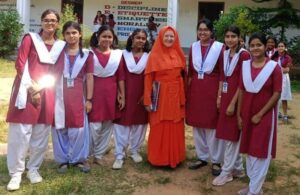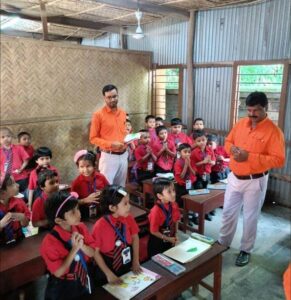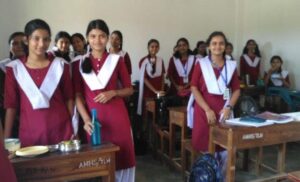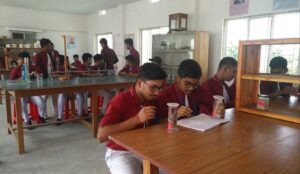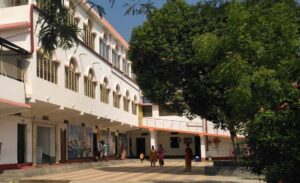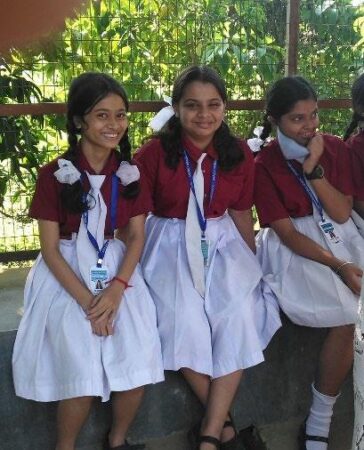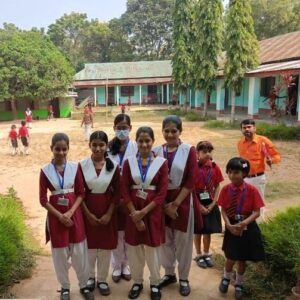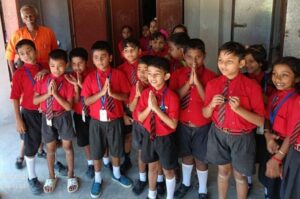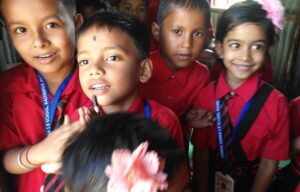Visiting Neohumanist Education Schools in Tripura, India
By Didi Anandarama
Five hundred years ago Tripura was called “Shriibhum”. The name “Tripura” is not very old. Present day Tripura, Noakhali, Hilly Tripura, Kachar, Manipur, Chittagong, Chittagong Hill Tracts and a part of the Arakan kingdom constituted the land of Shriibhum. In old records Shriibhum was called “Upabauṋga”. Upa means “nearer” and Banga means “Bengal”. The original inhabitants of Upabanga were all Bengalis except for a group of tribals called “Tipprah” who lived in one small region. About 550 years ago, these Tipprah tribals came from northern Burma under the leadership of Mu-Chang-Fa and settled in Tripura permanently. Later, they defeated the Hindu king in the area and established the kingdom of Tripura. Since that time, the part of Shriibhum under Mu-Chang-Fa was called “Tripura”, as it was the land under Tipprah administration.
Around the same time a movement for cultural synthesis under the leadership of Chaitanya Mahaprabhu was going on in Bengal. Chaitanya went to Tripura to preach his Vaeśńava philosophy. Mu-Chang-Fa and the members of his royal family were very impressed with Chaitanyaʼs ideas and the rich Bengali language he spoke, so they took initiation from him. The king also embraced Bengali culture as his own culture. After that all the members of the royal family took Bengali names instead of tribal ones and adopted Bengali instead of their tribal language as the family and court language.”
Shrii P. R. Sarkar visited Agartala, the capital city, early in 1969. Since then Ananda Marga Schools in the spirit of Neohumanist Education were started, and at present 73 schools are serving over 12,000 students with nearly 700 teachers. The schools are at various levels. Most are primary schools from Nursery to class 4. About 8 are High schools up to class 10. The high schools have 700 to 1000 students. A dozen schools are managed by whole time workers and the rest by dedicated Ananda Marga members of the local community.
There is an Education Advisory Committee composed of the diocese secretary, educators, and professionals, who supervise the smooth running of all schools and advise on all school matters, problem solving, improving new and developing schools, fundraising, syllabus etc.
The schools start small with the inspiration and initiative of a dynamic, determined person devoted to the ideals of Neohumanist Education who engages actively in the school’s development. Over the past 50 years the schools have gained a good reputation due to a high moral standard, outstanding achievements in exams, and exceptional successes in state and national science contests. There are long waiting lists for the top schools such as Teliamura, Khowai, Pancamukh-Agartala and Vishalgarh. These High Schools follow the CBSE – Central Board of Secondary Education – standards of India or have applied for it.
Many of these projects welcome international volunteers. For further information in this regard please contact or

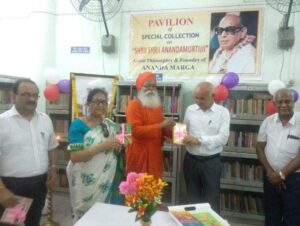
Tripura University’s Central Library Offers a Pavilion of Special Collection on
Shrii Shrii Anandamurtiji
On June 23 2023, Tripura University at Agartala’s Central Library granted a pavilion dedicated to Shrii Shrii Anandamurti’s published works, to be displayed and available for all students and academics for study and research.


